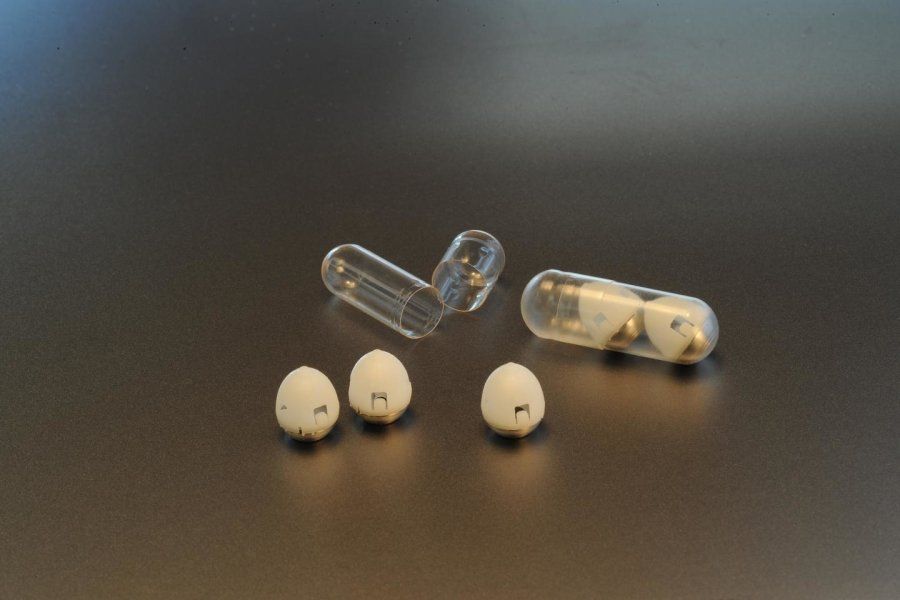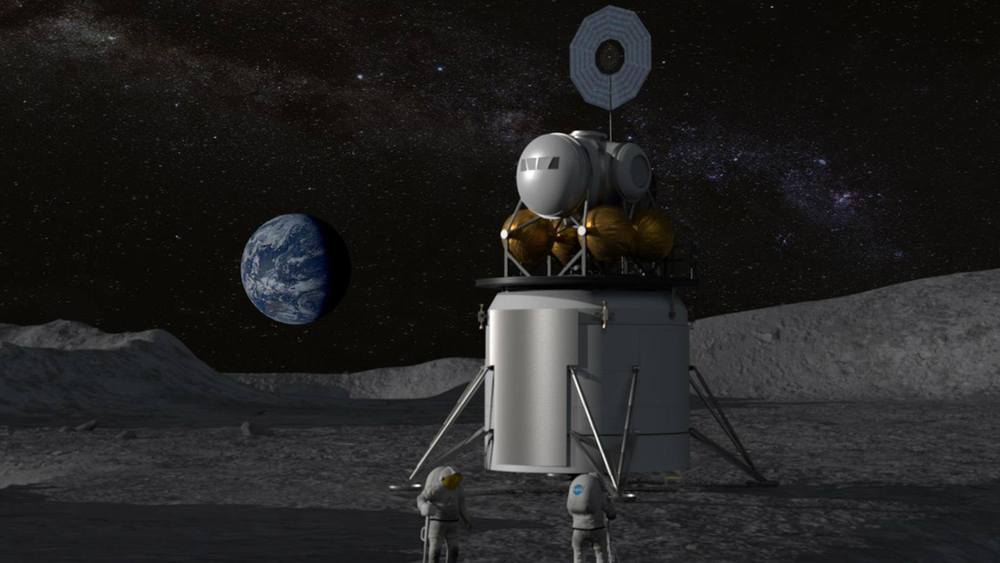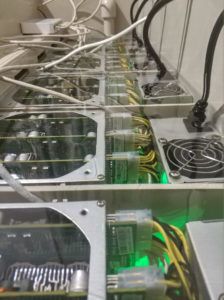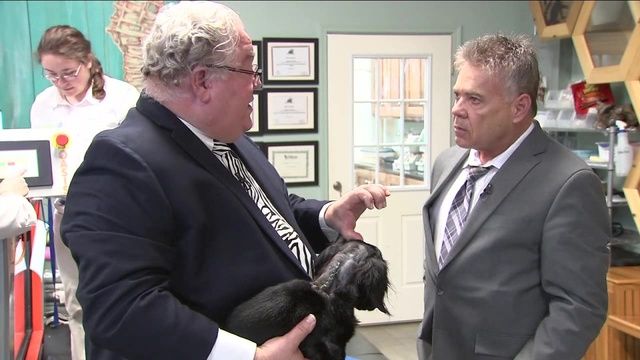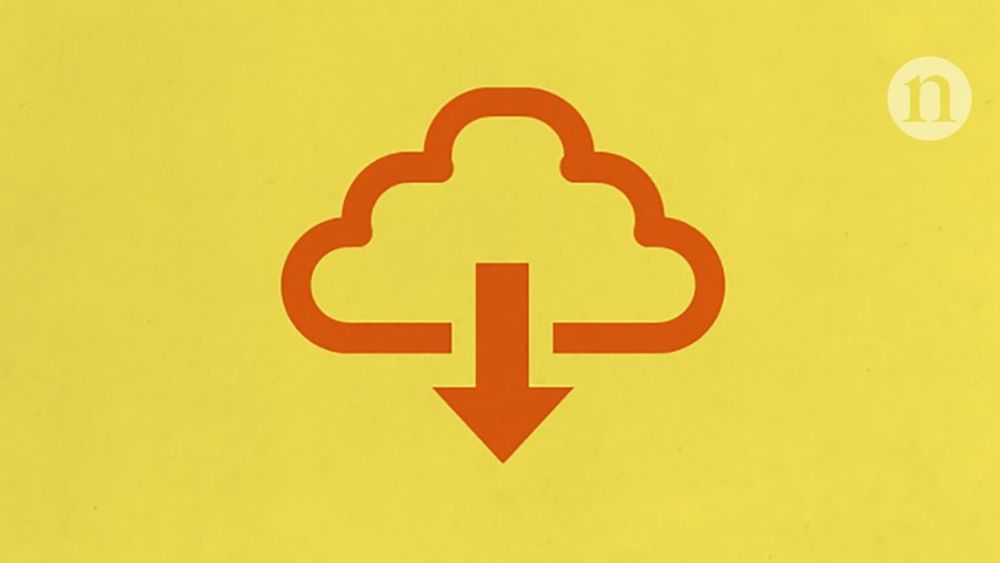A third of people who’ve had a brush with death report having one.
An MIT-led research team has developed a drug capsule that could be used to deliver oral doses of insulin, potentially replacing the injections that people with type 2 diabetes have to give themselves every day.
About the size of a blueberry, the capsule contains a small needle made of compressed insulin, which is injected after the capsule reaches the stomach. In tests in animals, the researchers showed that they could deliver enough insulin to lower blood sugar to levels comparable to those produced by injections given through skin. They also demonstrated that the device can be adapted to deliver other protein drugs.
“We are really hopeful that this new type of capsule could someday help diabetic patients and perhaps anyone who requires therapies that can now only be given by injection or infusion,” says Robert Langer, the David H. Koch Institute Professor, a member of MIT’s Koch Institute for Integrative Cancer Research, and one of the senior authors of the study.
As we look to explore our nearest celestial neighbor, NASA Administrator Jim Bridenstine tells OZY how we’ll partner with U.S. companies to design and develop landers to send astronauts to the lunar surface. Read Bridenstine’s op-ed: https://go.nasa.gov/2SKGQS2
LEAGUE CITY, Texas (FOX 26) — It was his own illness that got Dr. Steven Dale Garner hooked on stem cell therapy.
“I went into a coma for seven weeks,” said Dr. Garner. “When I woke up from the coma, I myself was paralyzed.”
The veterinarian knew stem cell therapy was being used to treat arthritis in dogs, but could it help the nervous system?
Researchers posted more preprints to the bioRxiv server in 2018 alone than in the four previous years, according to an analysis of the 37,648 preprints posted on the site in its first 5 years.
More than 1 million studies are now downloaded from the site every month, mostly in neuroscience, bioinformatics and genomics.


